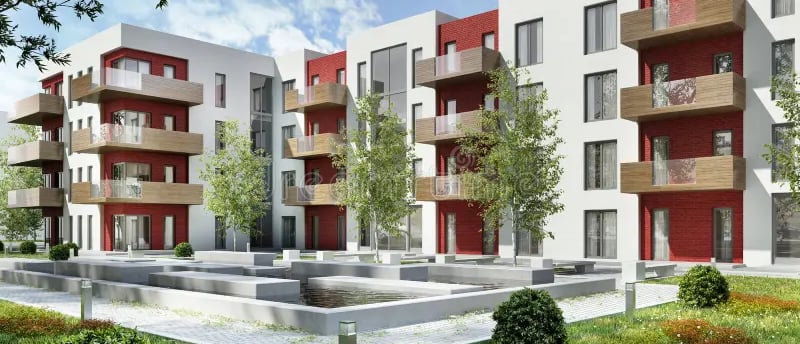Trends to Watch in Residential Gas Pipeline Installations
The residential gas pipeline industry is evolving rapidly to meet the demands of modern homes and environmentally conscious consumers. From advanced technologies to sustainable practices, the future of gas pipeline installations looks promising and innovative. If you’re a homeowner, builder, or professional in the industry, staying ahead of these trends is crucial. Here’s a look at the key trends shaping the residential gas pipeline installation sector.
11/22/20242 min read


1. Integration of Smart Gas Monitoring Systems
Smart technology is making its way into every corner of modern homes, and gas pipelines are no exception. Smart gas monitoring systems, equipped with IoT (Internet of Things) devices, allow homeowners to monitor gas usage in real time through apps. These systems can also detect leaks and shut off the supply automatically, enhancing safety and efficiency.
2. Transition to Sustainable and Cleaner Energy Sources
As the world moves toward greener energy solutions, residential gas pipelines are being adapted to accommodate sustainable alternatives like biogas and hydrogen blends. These pipelines are designed to deliver cleaner fuel options, reducing carbon emissions while maintaining performance. Builders and installers are increasingly aligning with this trend to future-proof homes.
3. Increased Focus on Safety Innovations
Safety remains a top priority in gas pipeline installations. Modern pipelines now incorporate advanced safety features, including high-tech leak detection systems, automatic shut-off valves, and fire-resistant materials. These innovations not only enhance homeowner confidence but also comply with stringent safety regulations.
4. Retrofitting Old Homes with Piped Gas Systems
With urbanization and infrastructure upgrades, retrofitting older homes with piped gas systems is becoming more common. This trend addresses the growing demand for convenient and efficient gas solutions in areas previously reliant on LPG cylinders. Builders and contractors specializing in retrofits are seeing increased demand.
5. Adoption of High-Durability Materials
The materials used in gas pipeline systems are evolving to meet the challenges of modern homes. High-durability options like corrosion-resistant steel, flexible polyethylene (PE), and advanced composite materials are becoming the standard. These materials ensure longevity and reduce maintenance costs, making them ideal for long-term installations.
6. Seamless Integration with Renewable Energy Systems
Hybrid energy systems that combine renewable energy sources, such as solar panels, with gas pipelines are gaining traction. These systems offer homeowners greater flexibility in managing their energy needs while reducing their environmental footprint. Gas pipelines are being designed to work seamlessly alongside such technologies.
7. Expansion of Piped Natural Gas (PNG) Networks
Governments and utility companies worldwide are expanding PNG networks to reduce dependence on LPG cylinders. This expansion is making piped gas more accessible to residential areas, especially in urban and semi-urban regions. Builders are increasingly incorporating PNG connections into new housing projects to align with this growth.
8. Rising Popularity of Pre-Installed Pipelines in New Constructions
Builders are recognizing the value of offering pre-installed gas pipelines as a standard feature in new residential projects. This trend not only enhances property value but also provides homeowners with a ready-to-use, hassle-free gas supply system upon move-in.
9. Enhanced Aesthetics and Concealed Installations
Modern homeowners prefer gas pipeline installations that blend seamlessly into their home interiors. Concealed pipelines and aesthetically pleasing fixtures are becoming the norm, ensuring that functionality doesn’t compromise design.
10. Emphasis on Cost-Effective and Scalable Solutions
As affordability becomes a key factor for homeowners, installers are focusing on scalable and cost-effective solutions. Modular pipeline systems and flexible pricing options allow homeowners to customize installations based on their immediate needs and budgets.
Conclusion
The residential gas pipeline installation industry is undergoing a transformation driven by technology, sustainability, and customer-centric innovations. From smart systems and durable materials to cleaner energy sources and aesthetic designs, these trends are setting new benchmarks for efficiency, safety, and convenience.
By embracing these trends, builders and installers can deliver future-ready solutions that meet the evolving expectations of modern homeowners. For homeowners, these advancements promise a safer, more efficient, and environmentally friendly energy system in their homes.
Stay tuned to these developments to stay ahead in the rapidly changing world of residential gas pipeline installations!
Contact US Today:
Email: info@vaultgaspipeline.site
Phone:
+91 8522 09 2525
+91 95155 92020


Quick Links:
Services
Our Process
Why Choose us
Contact us
Our Services:
Gas Pipeline Installation
Gas Pipeline Maintenance
